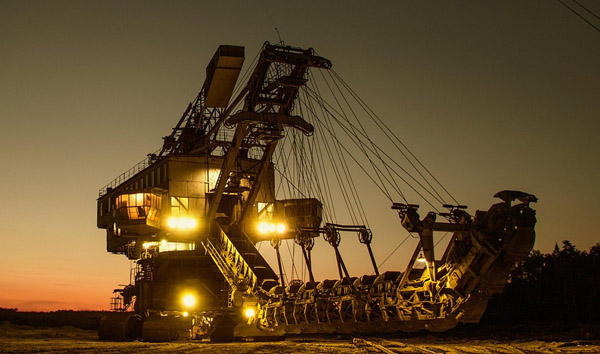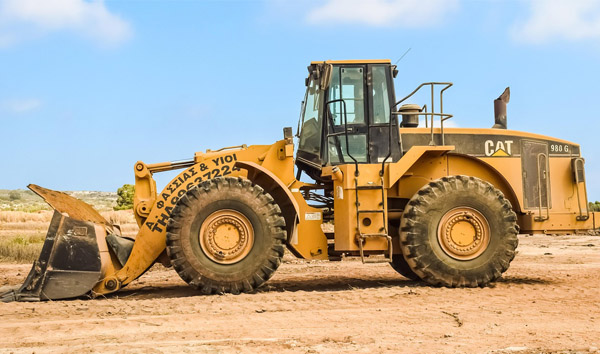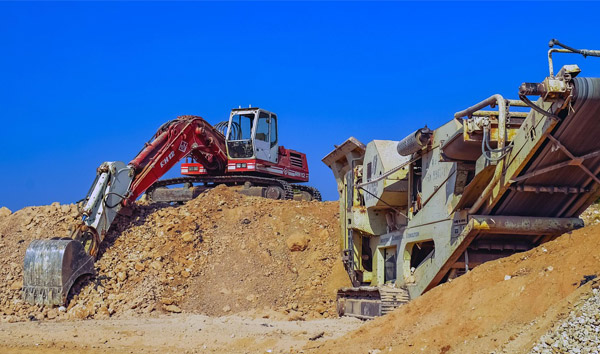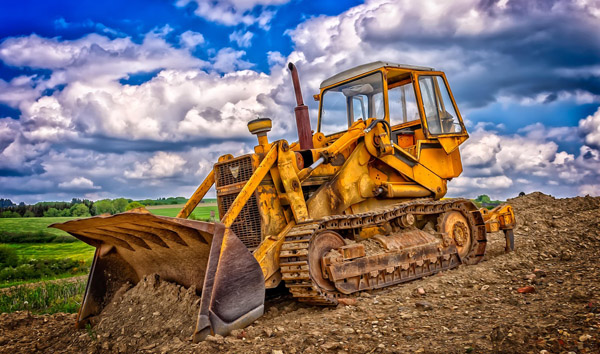The Impact of Boom Extension Speed on Off-Road Forklift Performance
2025-07-22 05:00:32
The boom extension speed of an off-road forklift is a pivotal factor in determining its performance in challenging terrains. Unlike conventional forklifts, off-road variants must navigate uneven surfaces, steep inclines, and unstable loads, making the speed at which the boom extends a crucial variable. Recent industry data from the Global Off-Road Equipment Association (GOREA) indicates that a 15% increase in boom extension speed can reduce cycle times by up to 12%, directly enhancing productivity in construction and mining applications.
A key consideration in optimizing boom extension speed is hydraulic system efficiency. Off-road forklifts rely on high-pressure hydraulic circuits to achieve rapid yet controlled boom movements. According to a 2023 study by the International Journal of Heavy Equipment Engineering, forklifts equipped with variable displacement pumps exhibit a 20% faster boom extension speed compared to fixed-displacement systems. This improvement is attributed to the pump's ability to adjust fluid flow dynamically, ensuring consistent performance under varying load conditions.
Safety remains a paramount concern when increasing boom extension speed. Rapid movements can destabilize the forklift, particularly when handling heavy or irregularly shaped loads. Industry standards, such as ISO 10525:2022, mandate that boom extension speed must not compromise load stability or operator control. Field tests conducted by Caterpillar Inc. revealed that integrating electro-hydraulic feedback systems reduces the risk of tip-overs by 18%, even at higher boom extension speeds. These systems automatically adjust hydraulic pressure based on real-time load sensors, ensuring smooth and safe operation.
The relationship between boom extension speed and fuel efficiency is another critical factor. Faster boom movements typically demand higher hydraulic power, increasing fuel consumption. However, advanced energy recovery systems, like those implemented in Komatsu’s latest off-road forklift models, can mitigate this effect. Data from Komatsu’s 2024 sustainability report shows that regenerative hydraulic systems improve fuel efficiency by 8% while maintaining optimal boom extension speed. This innovation highlights the industry's shift toward balancing performance and environmental sustainability.
In conclusion, the boom extension speed of off-road forklifts significantly impacts operational outcomes. By leveraging advanced hydraulic technologies and safety systems, manufacturers can enhance speed without sacrificing stability or efficiency. As industry demands evolve, further research into adaptive control algorithms and lightweight materials may unlock additional improvements in boom extension speed, driving the next generation of off-road forklift innovation.














